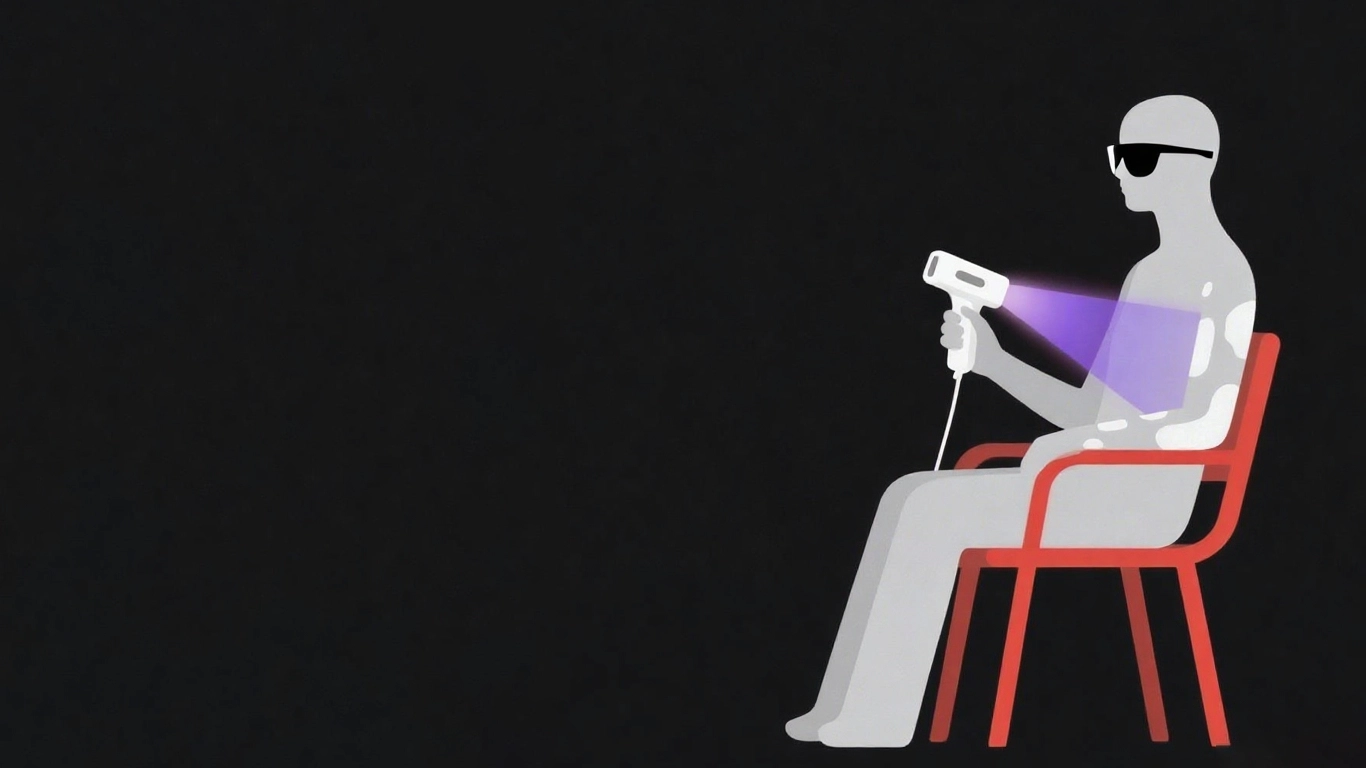Frequently Asked Questions
These questions are from our previous customers and dermatologist’s professional guidance, just for a reference before your purchase. The concrete situation please consult your dermahealer as per your own actual skin situation.
Before the Phototherapy
Under the regular follow-up monitoring of doctors, patients with skin diseases can use it as an auxiliary treatment for vitiligo and psoriasis at home.
Data show that in the early stages, for small, localized areas, the cure rate can reach over 95%.
Patients with localized disease who have inconvenient study or work schedules and are far from medical institutions may consider home phototherapy under the guidance of a doctor. However, it should be noted that if the disease is systemic or covers a large area, it is still recommended to be treated in a hospital.
For psoriasis, it’s generally recommended to use them three times a week. Once the condition is under control, it’s recommended to use them twice a week, and then reduce to once a week if the condition stabilizes. For severe vitiligo, use three times a week and gradually reduce the frequency. For less severe vitiligo, start with twice a week and gradually reduce the frequency.
Light exposure can be used in combination with medication. Clinically, when combined with medication, the light dose and course of treatment can be reduced, especially when taking light-sensitive drugs such as acitretin orally, the light exposure time and dose should be reduced, otherwise it is easy to burn.
Home phototherapy is just as effective as hospital phototherapy, and this has been proven in numerous publications.
It usually takes 2 to 4 months for vitiligo patients to see visible effects on the face and trunk, and 4 to 6 months for hands, feet and other parts of the body. It usually takes 1-2 months for psoriasis patients to see visible effects, and it takes longer for the skin lesions to completely disappear. Patients should have a normal understanding of their condition and treatment course, and should not blindly pursue “quick results” and “cures”, and should maintain a positive and healthy lifestyle.
Our lamps use ultraviolet rays in the 308-311 band, which can only penetrate the human epidermis and reach the surface of the dermis. It is a superficial treatment clinically and will not affect the human internal environment or pose a radiation hazard. The operating temperature of the lamp is 40°C, and there is no risk of burns.
Among all the ultraviolet bands, short-wave ultraviolet (UVC) has the highest carcinogenicity rate. The use of narrow-band ultraviolet (NB-UVB) is safe for human, rarely causes cancer, and can be used with confidence.
Children can undergo phototherapy. Many hospitals recommend phototherapy for children over ten years old. This isn’t because younger patients can’t receive it, but rather because they need to enter a full-body device for treatment, a relatively enclosed space. Younger patients lack self-control and are easily frightened, whereas older children don’t have this issue. Therefore, hospitals recommend this for safety reasons. For narrow-band UVB radiation, if it’s a small lamp for localized treatment, the patient can be younger. However, for full body devices, given the enclosed irradiation chamber, a slightly older age is more appropriate.
UV light therapy does have a plateau period. During this period, even extended treatments may not be very effective. It’s recommended to discontinue treatment for a period before resuming treatment. This will generally resume the effects.
During the Phototherapy
Usually, irradiation is done by placing the light outlet against the skin. Normal skin (the part that does not need treatment) should be covered with cotton cloth or applied with sunscreen with SPF 30 or above.
During the treatment with a uv lamp, no one is allowed to look directly at the light source without wearing goggles, because the ultraviolet rays from the lamp are very intense and can cause damage to human eyesight. After accumulating to a certain dose, there is a certain probability of inducing cataracts, so be sure to wear goggles during treatment.
For vitiligo, wash the skin and let it dry naturally before irradiating it. If it is psoriasis, clean the dandruff, wipe it with light salt water, and wait for the skin to dry naturally before irradiating it.
Generally speaking, NB-UVB can achieve good therapeutic effects without the assistance of medication. If you have any questions about medication, please consult your dermatologist.
After the Phototherapy
Because of the large amount of ultraviolet radiation, photoaging may occur. This is a normal reaction after phototherapy. Applying a mild moisturizer after phototherapy can relieve the symptoms.
If the above conditions occur, it means that you have received excessive light exposure and you should stop the exposure. If the situation is serious, please consult a dermatologist. Generally, the symptoms can be cured after a week. Control the exposure time and do not pursue speed too much, which will make the situation counterproductive.
This needs to be judged based on the specific situation. Generally speaking, if it is an adverse reaction to phototherapy, it should not be small red spots, but patches of erythema.
Contact Us
If you have any questions about this Cookies Policy, You can contact us:
- By email: hi@ultraviletlighttherapy.com
- By visiting this page on our website: https://ultravioletlighttherapy.com/contact
- By phone number: +1 402 819 9212
- By mail: 12 E Twohig Ave #200-F10, San Angelo, TX 76903, United States

